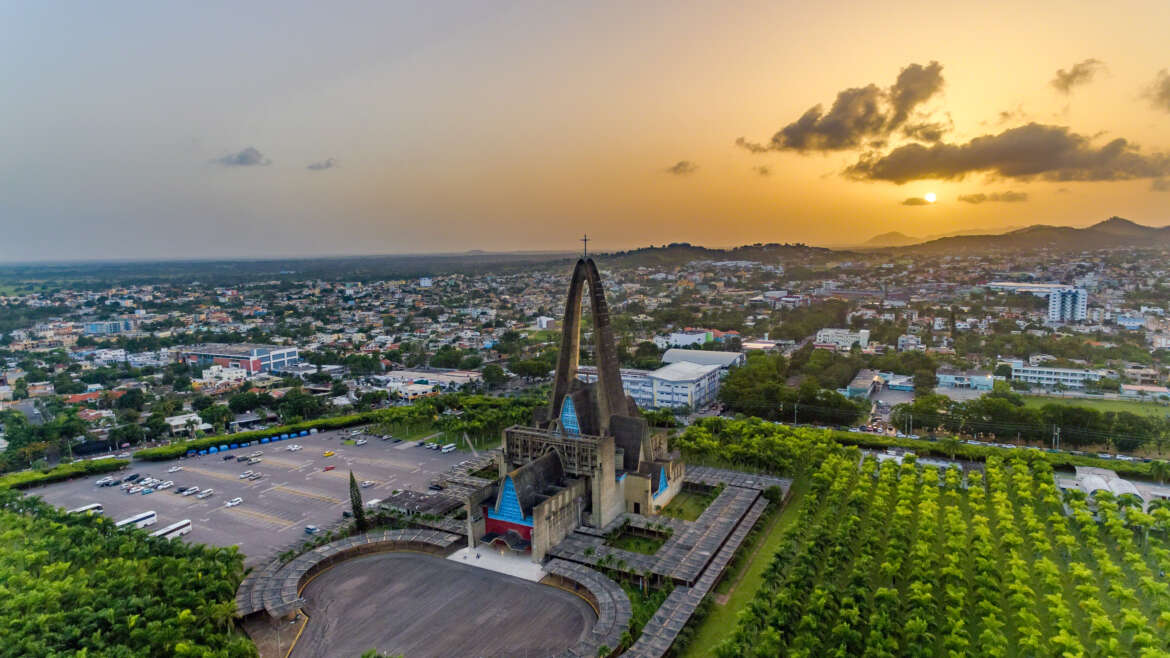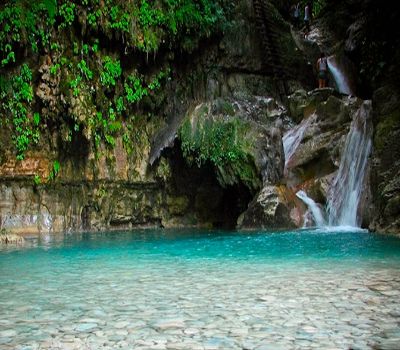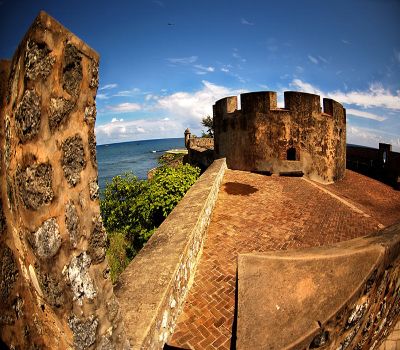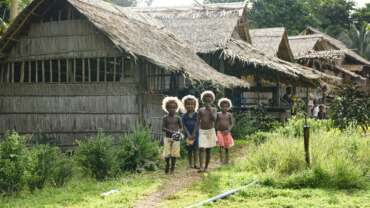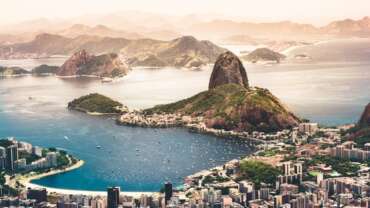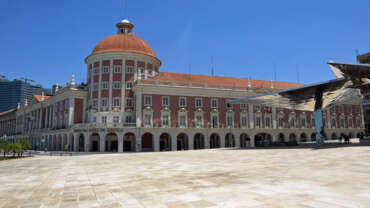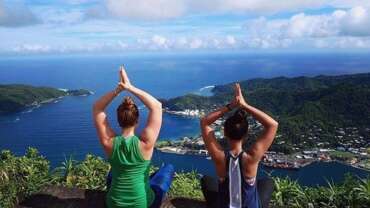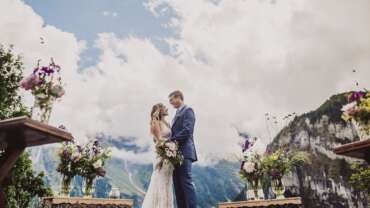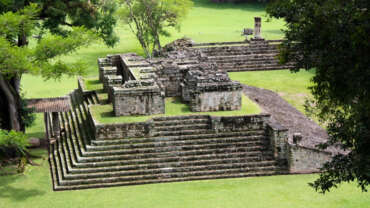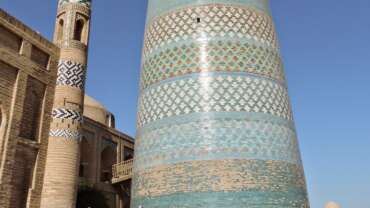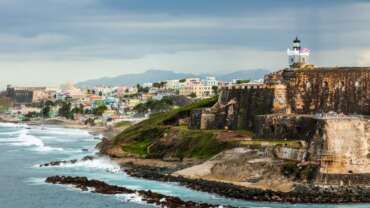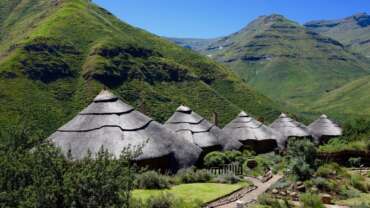Dominican Republic - Has it all!
Dominican Republic is the second largest and most diverse Caribbean country, situated just two hours south of Miami, less than four hours from New York and eight hours from most European cities. Known for our warm and hospitable people, Dominican Republic is a destination like no other, featuring astounding nature, intriguing history and rich culture.
Surrounded by the Atlantic Ocean on the north and the Caribbean Sea on the south, our lush tropical island paradise boasts nearly 1,000 miles (1,609 km) of coastline, 250 miles (402 km) of the world’s top beaches, magnificent resorts and hotels, and a variety of sports, recreation and entertainment options. Here you can dance to the pulse pounding thrill of the merengue, renew in our luxurious and diverse accommodations, explore ancient relics of centuries past, delight in delicious Dominican gastronomy or enjoy ecotourism adventures in our magnificent national parks, mountain ranges, rivers, and beaches.
Discovered in 1492 by Christopher Columbus, the country overflows with fascinating history, museums and exciting cultural experiences like music, art and festivals, plus uniquely Dominican specialties such as cigars, rum, chocolate, coffee, merengue, amber and larimar.
The #1 destination for golf in the Caribbean and Latin America, Dominican Republic delights visitors with 26 designer golf courses amid breathtaking coastlines with mountain backdrops and lush green fairways. With so many beautiful natural settings like romantic waterfalls, breathtaking coasts and idyllic accommodations, Dominican Republic is a top destination for weddings and romance. Many world class-resorts and hotels also cater to meetings and incentive groups who flock to Dominican Republic for excellent, friendly service and dynamic meeting venues.
Dominican Republic offers a fantastic combination of environments to capture your imagination and refresh the soul. And with eight international airports, paradise has never been easier to explore. We invite you to discover our breathtaking island sanctuary and create memories that will last a lifetime.
Flora & Fauna in Dominican Republic
Approximately 6,000 species of flora and 7,000 species of fauna thrive in the DR. Among the ones to look for on our island are the palmchat or Cigua Palmera, the DR’s national bird–endemic to Hispaniola–or our pink-colored national cactus flower, the Bayahibe Rose, endemic to the DR. Reptiles and amphibians are present as well, such as the American crocodile, or the endangered Ricord’s iguana. The stars of our wildlife species are the nearly 3,000 humpback whales faithfully flocking to the Bay of Samaná every year to mate and birth in our warm waters.
FLOWERS & TREES
The Dominican Republic boasts an astounding 6,000 species of plants, of which 2,050 are endemic – only found in the DR. Its most prized species is the exotic Pereskia quisqueyana or Rosa de Bayahibe, the country’s national flower. It’s a rare cactus that grows leaves, and the flower itself is a delicate pink color, 100% native to the Bayahibe area.
The caoba or mahogany is the DR’s national tree. You’ll spot numerous other species, including the ceiba, the West Indian cedar, the calabash tree, and of course, a wide variety of tropical palm trees–an African inheritance–punctuating the DR’s shores and hills. The coconut tree is ubiquitous, and the royal palm is symbolic to the DR, appearing on its national flag. In the summertime, you’ll notice the blooming, bright red flamboyant trees leaning over roadways or fields, an imported species. In the high elevation towns in the center of the DR, Creole pine trees are in abundance, matching the cool climate.
Flower lovers behold: you’ll find numerous tropical varieties here, but especially orchids–over 300 species. You can spot these in the wild in the cool valleys of Jarabacoa and Constanza, in contained parks like the National Botanical Garden in Santo Domingo, the largest in the Caribbean, the botanical gardens of Mount Isabel Torres in Puerto Plata, and Scape Park, in the Punta Cana area. The province of Constanza is known for its colorful flower plantations, an inheritance from the Japanese immigrant community who migrated to the DR in 1956, after World War II, for agricultural labor.
The best way to experience the DR’s natural abundance and variety in plants and trees in one place is to visit one of its national parks.
MARINE LIFE
Between 1,600 kilometers (1,000 miles) of coastline and offshore islands, marine mammals have the ideal environment in the DR’s Caribbean and Atlantic waters. Aside from Samaná’s famous humpback whales–our most prized species, visiting Samaná’s Bay from mid-January through mid-March–manatees and turtles also have an important presence.
The endangered, herbivore West Indian Manatee lives in our estuaries and lagoons, particularly in the north coast, where the largest number of manatees take refuge in the protected lagoon at Estero Hondo Marine Mammal Sanctuary.
Off the island of Saona, four species of turtles–the loggerhead, the green sea turtle, the leatherback turtle, and the hawksbill turtle–nest on the island’s pristine beaches. They can also be spotted in the southwest, in the waters of Jaragua National Park, another turtle-nesting site.
Coral reefs are present in varying conditions and size, many of which have become protected in an attempt to save them from the harms of heavy tourism. The most pristine coral formation is found off the coast of Montecristi, but there are also beautiful corals to see in the waters around the islands of Cayo Arena, Saona, Catalina, and off the north coast of Samaná.
CROCODILES & IGUANAS
The endangered American crocodile species live and mate in Lago Enriquillo–an intriguing saltwater lake located in the southwest of the DR. Despite the lake’s rising conditions, the reptiles continue to lay eggs in the summertime, making it one of the few lakes in the world with a high concentration of crocodiles. Taking a boat ride on Lago Enriquillo in the summer is a great time to see them in big numbers along the shores, even if you can’t get off the boat for safety reasons.
The southwest coast is also home to the largest numbers of iguanas in DR–you are likely to spot them crossing the roads as you drive in the dry, hot Pedernales area. The rhinoceros iguana and the Ricord’s iguana are abundant inside the protected Lago Enriquillo park area, and in the Jaragua National Park.
BIRDS
Every year, the Dominican Republic’s birding reputation rises, and for good reason. Three hundred species of birds are at home here, of which 32 are endemic–including the national Cigua palmera–a high number for a single country. If you spot a palmchat by its nest, look to see if its neighbor is around–the endangered, endemic Ridgway’s Hawk or Gavilán de la Hispaniola likes to build its home directly above our national bird.
Look out for some of these additional endemic species: the Hispaniola woodpecker, the Hispaniola parakeet, the White-necked crow, the Black-crowned tanager, and the Golden swallow, among others.
Top birding hotspots around the country include the Sierra de Bahoruco–home to the majority of the endemic species–Los Haitises National Park, Jaragua National Park, Lago Enriquillo National Park, and Valle Nuevo National Park. You’ll spot plenty of species as well on the northern and southern coastlines and hills, havens for migratory and endemic birds who gather around mangroves, offshore islands, and protected parks.
People of Dominican Republic
Dominicans have a reputation for being among the friendliest people you’ll meet. They exude passion–in the way they speak a mile a minute, the way they dress, and dance, and in their embrace of their fellow human being, be it neighbor or visitor. Their explosive energy could be explained in their mélange of Taino, African, and European roots. But to boot, European, Asian, and Middle Eastern communities have influenced and enriched the DR’ culture-scape since the 19th century, turning the population and culture into a fascinating melting pot. You’ll see our numerous influences showing up across regions in food, music, celebrations, and customs.
TAINO ORIGINS
The DR’s first inhabitants were the valiant, skilled indigenous Taino–Arawak Indians who first settled on this side of the island before Christopher Columbus and the Spaniards arrived. They ran multiple kingdoms–each ruled by a chieftain or cacique–observed class distinctions, and coexisted peacefully. There were several valiant Taino leaders who stood up against Spanish colonization and slavery. Cacique Caonabo, from the Samaná region, was first to lead a revolt.
The Taino practiced complex agriculture, but were also talented artisans, and believed in medicinal plants and natural remedies. Today, their only remaining signs are in the caverns where they left pictographs and petroglyphs–mainly in Samaná, Bayahibe, San Cristóbal, and Enriquillo–and in the various museums around the country, particularly the Museo del Hombre Dominicano in Santo Domingo, and the Museo Arqueológico Regional Altos de Chavón in La Romana.
IMMIGRANTS
The Dominican Republic’s welcoming nature, coupled with historical events, has resulted in several key migrant communities settling and blending into the DR’s cultural makeup. Some are more recent transplants, whereas other settled here in the 19th and 20th centuries.
Sosúa counts with a Jewish community–about 600 Jews arrived between 1940-1945, escaping the Nazi persecution during World War II, thanks to visas offered by the Dominican government. The Jewish Museum in Sosúa commemorates their journey and their contributions to the north coast’s meat and dairy industries.
Southeast of the DR, in San Pedro de Macorís, are the Cocolos–Afro-descendants from neighboring Caribbean English-speaking islands, such as Tortola, Antigua, and St. Vincent, among others, who migrated to the DR in the late 19th century. They worked as laborers and technicians in the DR sugar production industry. In Samaná, descendants of freed African-Americans moved to the DR in the 19th century, and continue to practice their religion and rituals.
In the central mountains, you’ll find the Japanese community in Constanza, and a French and Italian community on the northern Samaná Peninsula.
The DR is also inclusive of a small but solid Lebanese, Syrian, and Palestinian communities who migrated from the Ottoman Empire in the early 20th century. They slowly integrated into Dominican culture, rising into high political ranks.
All of these groups have contributed a great deal to the growth and cultural makeup of the DR, reflected in the food, culture, and events around the country.
DOMINICANS TODAY
It won’t take you long to meet locals, or notice the Dominican way of living. While modernism and globalization have modified the way of life in the big and small cities, Dominicans remain the same in their people-to-people interactions. Courtesy and hospitality are core values, particularly in the countryside. Coming to the aid of visitors or a neighbor, and sharing a plate of food are considered normal. Family is of the utmost importance, to be cared for and cherished. Head to the beach or to the river on the weekends, and you will see how Dominicans love to spend their free time with their loved ones, cooking outdoors and sharing jokes. Affectionate in words and action, romance runs in the Dominican’s blood. Life is to be shared, and lived fully.
TRADITIONS
While certain traditions are less practiced in the cities than in the past, the importance of two major seasons remain–particularly in the countryside–and are celebrated in family: Christmas and Easter.
Each of these holidays represents a symbolic time for Dominicans to head to their respective hometowns and families, and spend it around their loved ones, cooking and enjoying traditional dishes, dancing, and relaxing.
Christmastime is one of the most festive times of the year, aside from Carnival in February. This is particularly visible in the countryside, when families gather and visit from house to house to eat, drink, and dance. On Christmas Eve, entire pigs on a pit are slowly roasted out in the backyard all night long, while families listen to music and share drinks, with everyone keeping an eye on the meat. The tradition is to stay up and celebrate until dawn, when the meat is finally cooked.
Eastertime, the other longest holiday weekend, is when Dominicans escape their daily routine, much as they do for Christmas. While some head to the beach rather than practice religion, traditions remain: celebrating Semana Santa by going to church on Good Friday, and Holy Saturday, but also enjoying copious bowls of habichuela con dulce, a Dominican sweet beans dessert typical at this time of year.
RELIGION
A majority of Dominicans are Roman Catholic, but there are also other Christian denominations, including Jehovah’s Witnesses and Evangelists. Various forms of syncretic religion, an African influence, are still practiced in the countryside. No matter what religion it is, Dominicans are a people of faith with a strong belief in God. You will hear references to that effect in their every day language.
Arts & Crafts in Dominican Republic
Dominican arts and crafts reflect the country’s history and eclectic mélange of inhabitants. The Taino, Spanish, and African legacies have continued in numerous provinces around the country. The Taino, who were expert handicraftsmen, left behind tools and items inspired from mythology, rituals, and everyday life. You’ll spot remakes of the water gourds they once used, made from the higüero tree and sometimes coconut, with more elaborate designs. The African and Caribbean influence appears in colorful paintings of every day village and island life–with the best selections found in galleries. You will also see it in wooden items, such as the mini mortar and pestle made from guayacan, found in nearly every Dominican home, and souvenir shops. Jewelry features strongly, as two precious stones are mined directly from the DR’s soils: amber and larimar. The most emblematic Dominican hand creations are the faceless dolls; most often made of ceramic, these elaborately dressed figurines lack facial features to reflect the fact that Dominicans are of mixed races, and embrace their unique heritage.
CRAFTS
There’s no shortage of handicrafts to take home. You will find items that are primarily made of plant fibers, clay, wood, paper, seeds, and precious stones.
Souvenir stores and art galleries abound across the main destinations. When shopping, look for a few signature items.
Taino figurines, from deities to traditional tools, made of ceramic.
Dominican music instruments in miniature or life sizes, made of wood, or painted bamboo, including drums and maracas.
Elaborate, miniature carnival devil masks made of papier-mâché.
Certified amber or larimar jewelry stores, some of which also show you the polishing process on site.
Faceless dolls, made of ceramic, in varying sizes and colors.
Hats, beach totes, and other accessories made from palm leaves.
Figurines of cultural symbols like the rooster, musicians playing merengue, or religious figures, made of polychrome wood or ceramic.
Colored carpet strips or “pellizas de colores,” made from jute fiber and rice bags, with the best selection often spotted on the road from Santiago to Bonao.
Crafts made from recycled materials, such as Bonao’s colorfully painted flowerpots, made from old tires.
Carnival in Dominican Republic
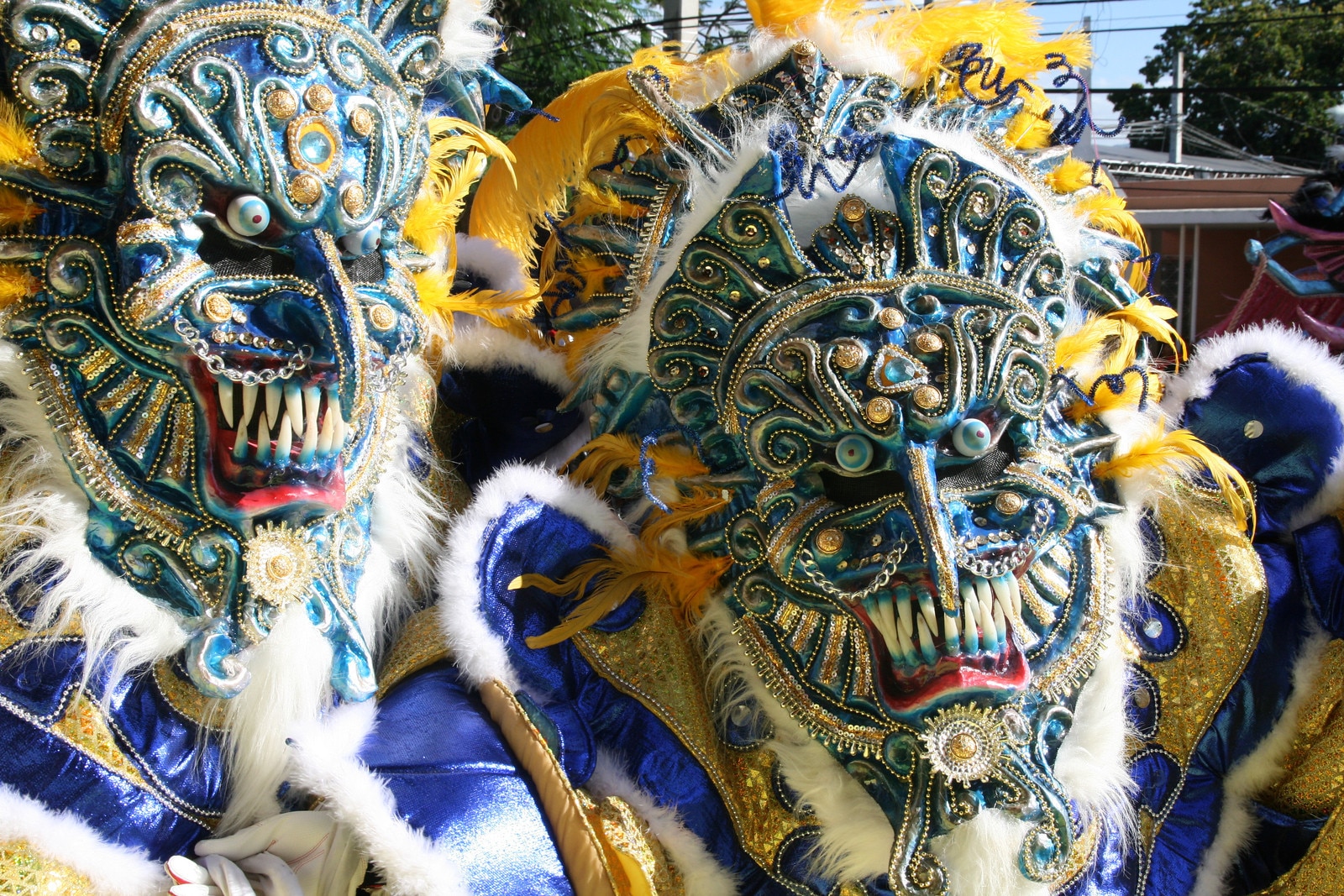
Dominican Carnival–carnaval dominicano–is the most vibrant celebration of Dominican culture and identity. It’s a time when Dominicans of all ages and from all regions take to the streets, at home or in neighboring carnival cities, to enjoy parades with their families and loved ones.
Every Sunday during the month of February, colorful parades take place in every major city and region around the DR–some extending through the first week of March. La Vega Carnival is the oldest, largest, and most popular of all, followed by Santiago. Other cities hosting unique parades include Santo Domingo, Montecristi, Bonao, Puerto Plata, Río San Juan, and Barahona. Costumes, masks, and mystical characters are distinct to each area and reveal Dominican folkloric traditions and beliefs, as diverse as the country’s population.
The season usually launches with a vibrant indoor carnival gala show held in Santiago and culminates with Independence Day celebrations on February 27. The most colorful event of all is the final National Carnival Parade–held the first Sunday of March in the capital of Santo Domingo, it brings together carnival groups and characters from around the DR for one last, big carnival hurrah along the city’s Malecón waterfront boulevard.
While you can head to any carnival town or city on your own, several tour agencies also organize carnival day trips during the month of February, particularly to La Vega Carnival.



